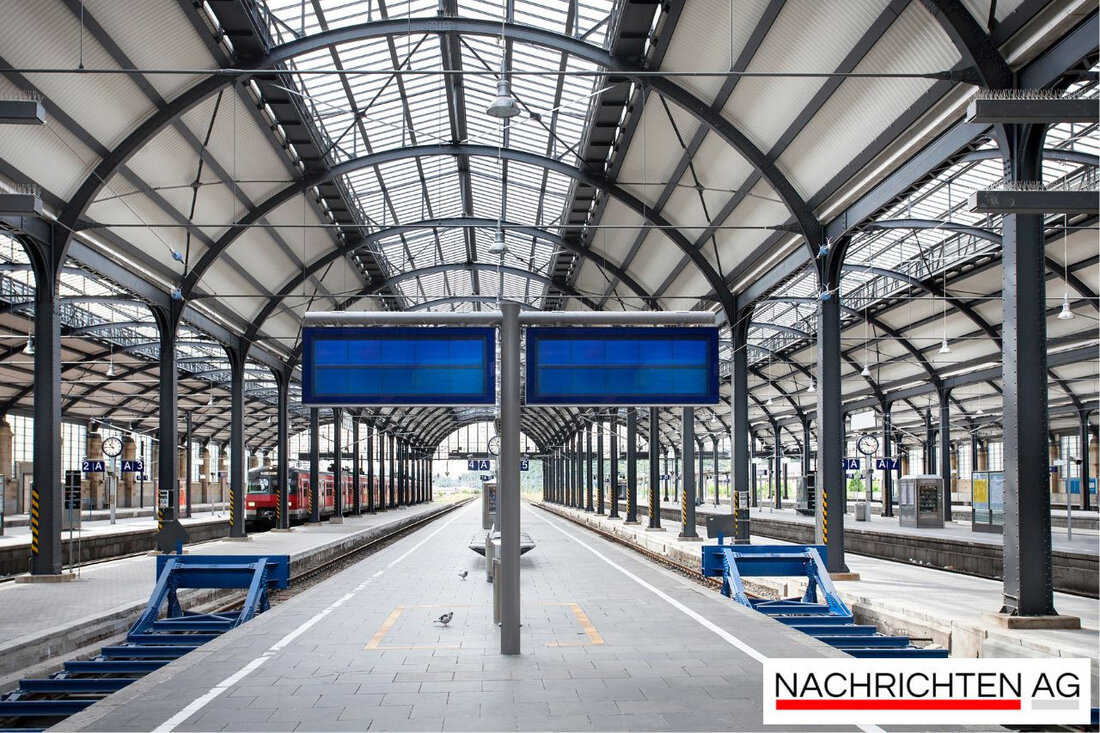Green Belt” inaugurated: Nature meets the city center in St. Johann!
On June 4, 2025, the “Green Belt” was opened in St. Johann, connecting nature and the city and creating new meeting spaces.

Green Belt” inaugurated: Nature meets the city center in St. Johann!
On June 4, 2025, the ceremonial opening of the “Green Belt” took place in St. Johann, a natural connection that links the train station, district hospital, Medicubus and town center. The project was completed on schedule before the start of summer and offers a new, attractive walkway that serves as a meeting place and lounge for locals, guests as well as the hospital's employees and trainees. This walkway replaces the former “Bindergassl” in a new, optimized form and integrates numerous environmentally friendly elements.
The district hospital was largely responsible for implementation. The hospital's technical team provided active support with both the planting and laying of the finished turf. Community association chairman Paul Sieberer and mayor Stefan Seiwald publicly thanked everyone involved, in particular Alexander Hronek (municipality/civil engineering), planner Wolfgang Seeber as well as Alexander Gschwandtner and Thomas Bodingbauer (both hospital). This is particularly appreciated since the project costs were between 1 and 1.1 million euros.
Key data about the project
The key data of the “Green Belt” include:
- Baustart: September 2024
- Gehwegbreite: 3,5 m
- Begrünung mit 34 Bäumen und vielen Sträuchern
- Über 1.000 m² Grünflächen
- Bereitstellung von 55 Parkplätzen und 6 Taxistellplätzen
- Fahrradabstellflächen
- LED-Beleuchtung, Blumenwiesen, Sichermulden und Springbrunnen
The “Green Belt” not only connects the natural area with the urban area, but also creates a sustainable and attractive pedestrian zone. This pedestrian zone begins at the main train station and extends to the Kitzbühler Ache. The new path is barrier-free, made of light granite and has a gentle gradient. The population can stay in a pleasant microclimate via ecological perennial beds, native tree plantings and seating areas. Seating steps and a green outdoor learning space were integrated into the forecourt of the nursing school.
Overall, the “Green Belt” should not only serve as a means of getting around, but also function as a recreational area and meeting place with a high quality of life. With areas equipped with climate stones, an important element of climate protection is also included in the design. This sustainable planning has been very positively received by the entire community and reinforces the commitment to an environmentally friendly and attractive living environment.
For further details about the project, those interested can visit the website meinkreis.at and yewo.at access.

 Suche
Suche
 Mein Konto
Mein Konto